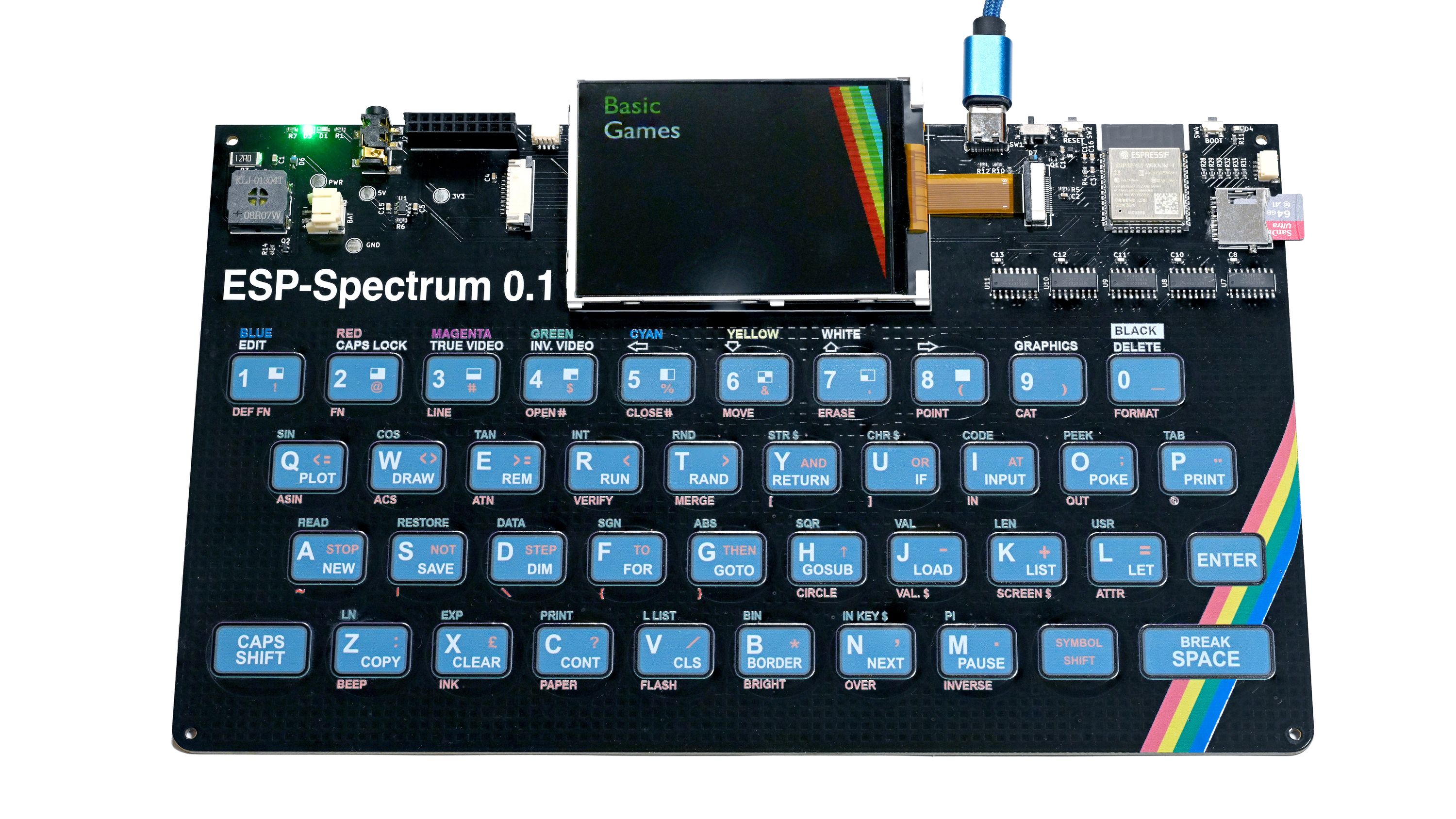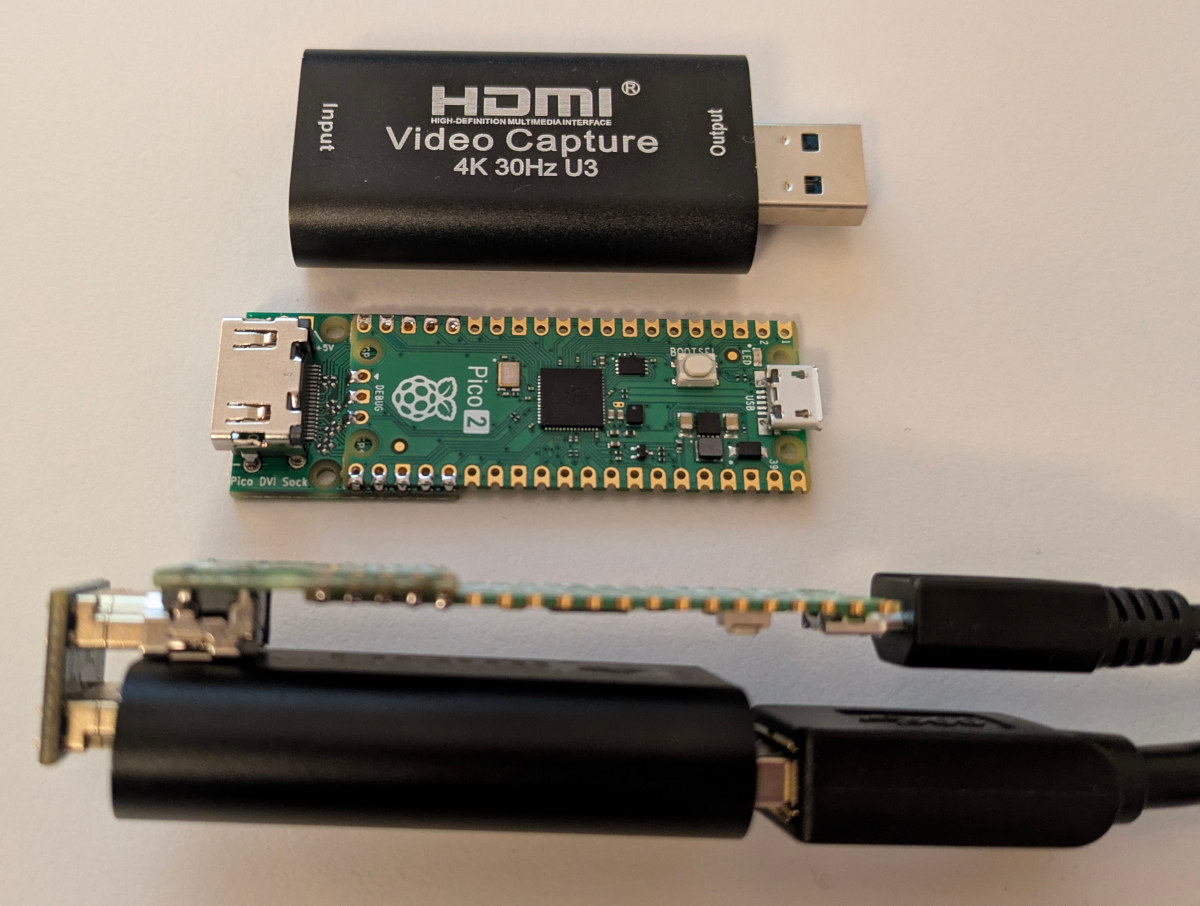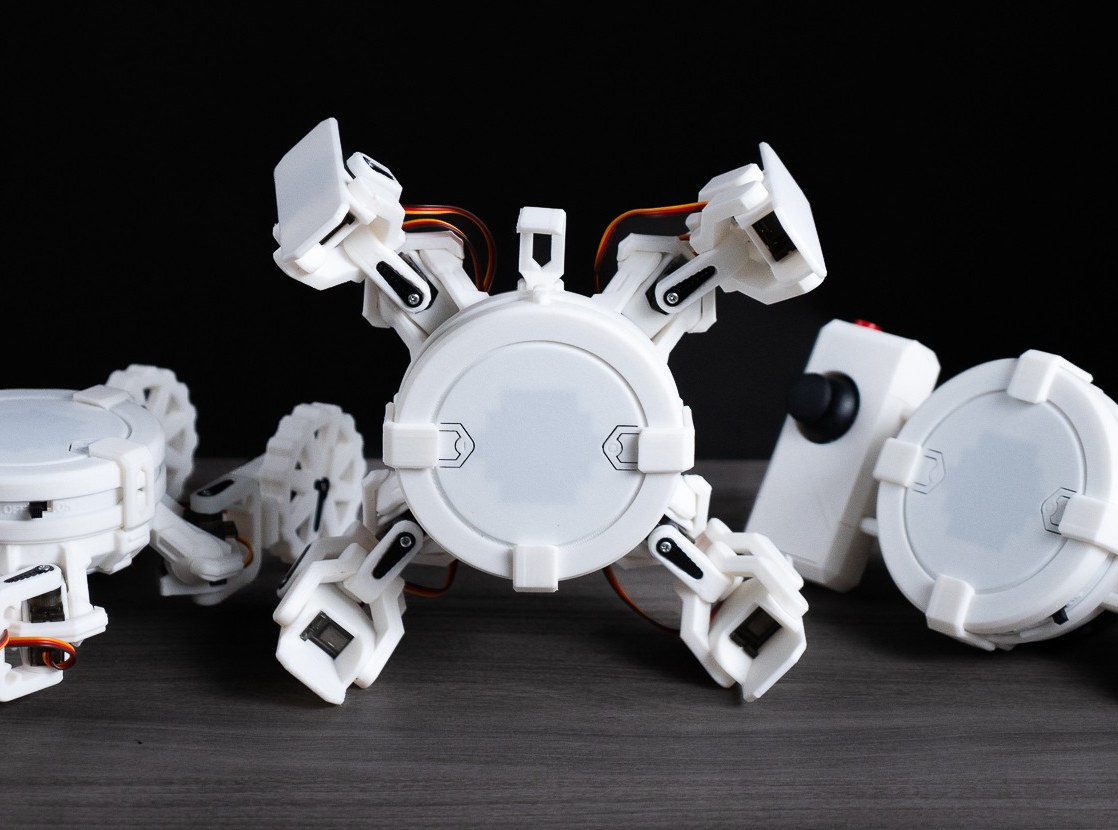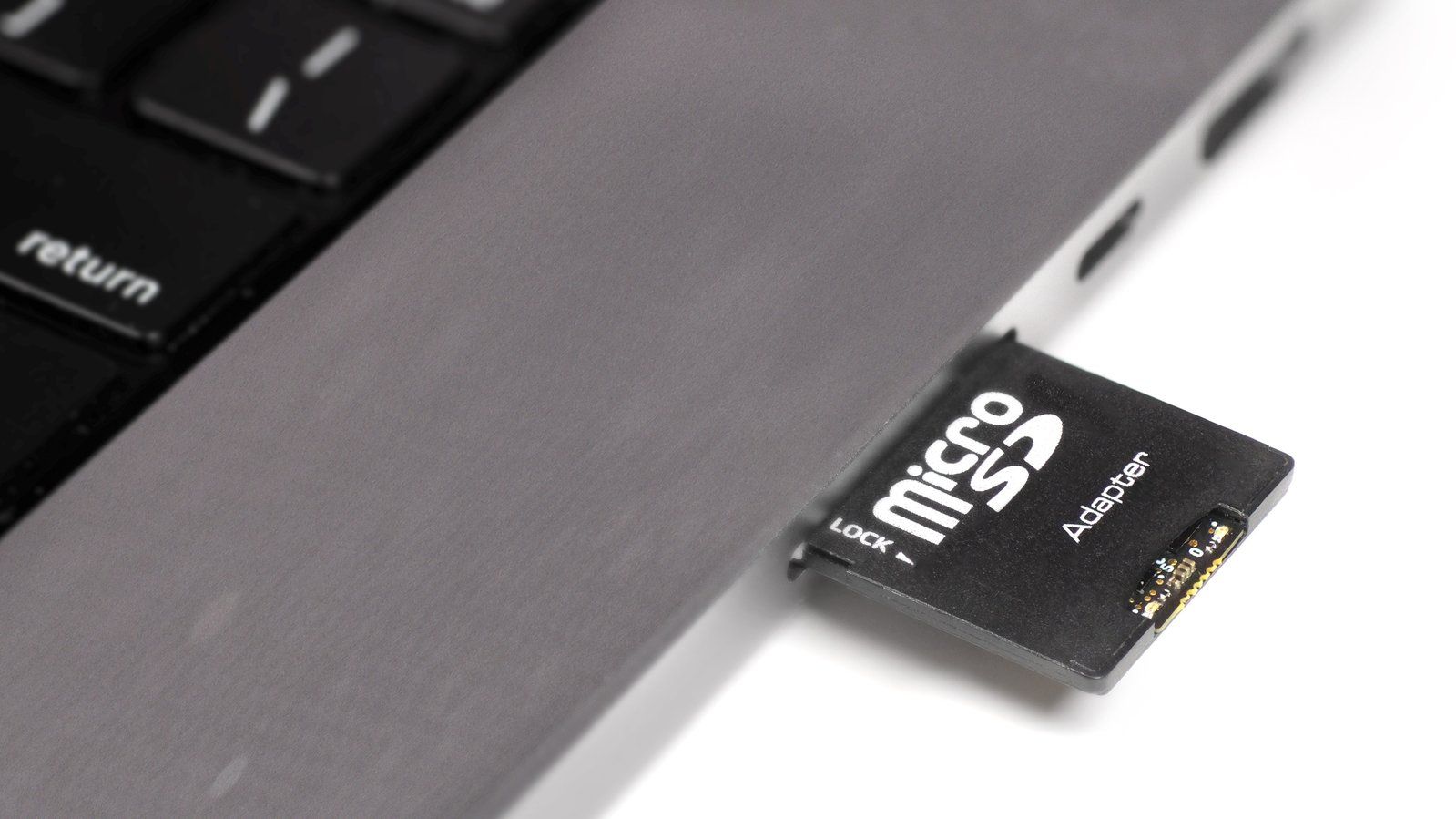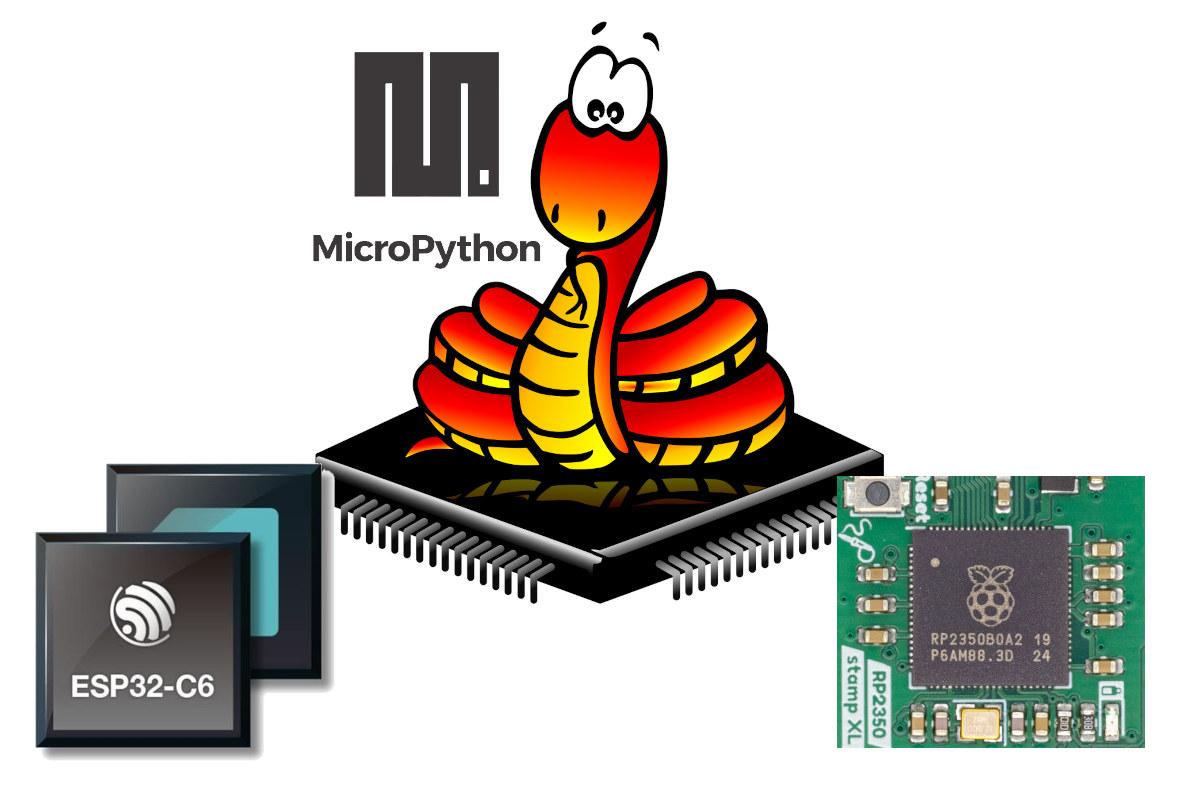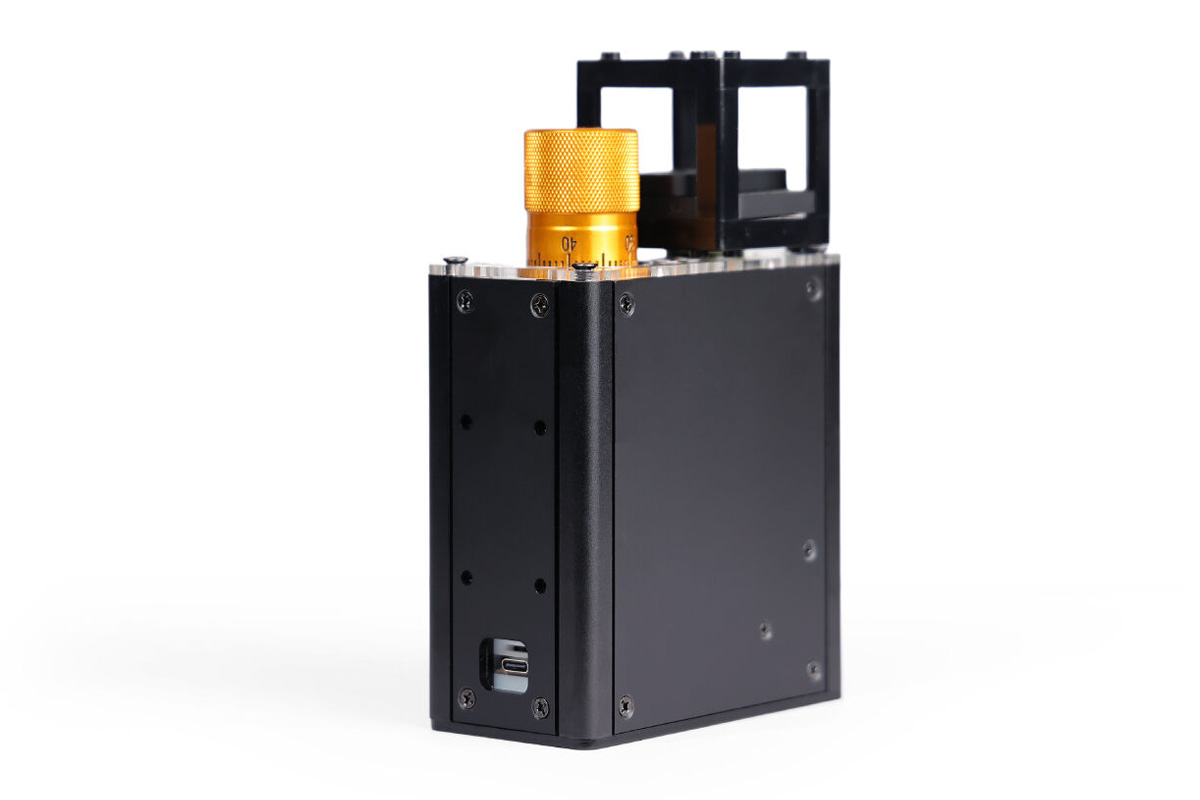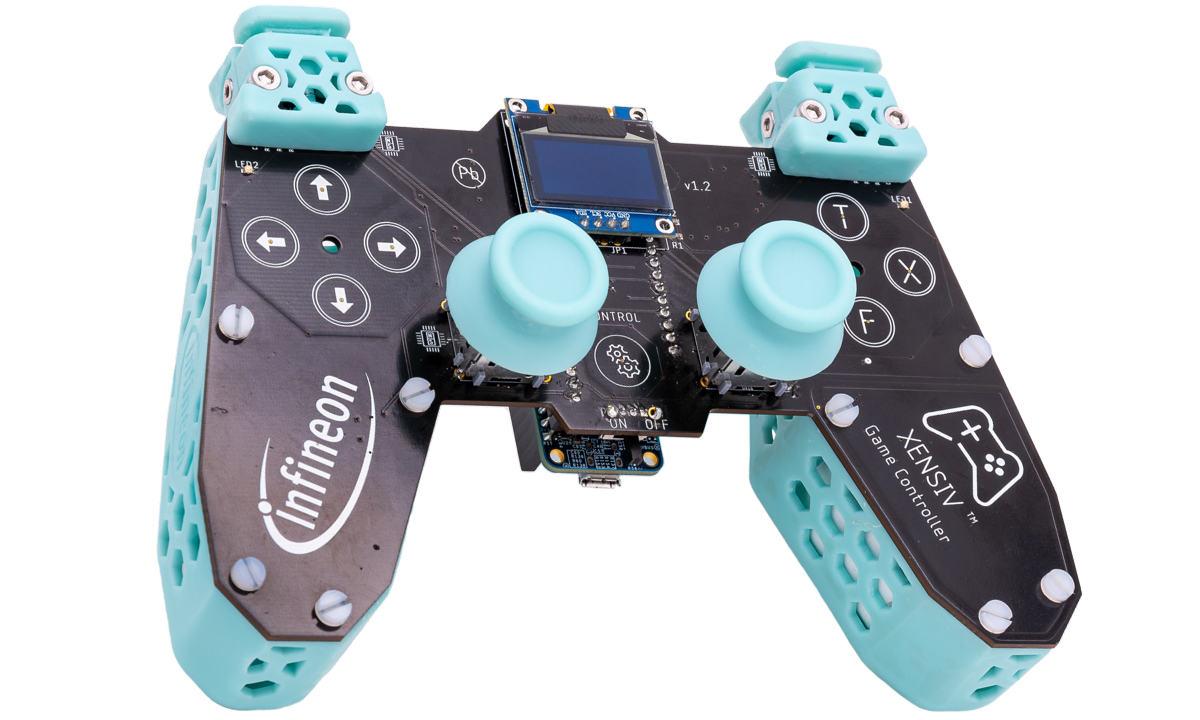SoundSlide is an open-source hardware USB-C adapter that adds a capacitive touch interface to your laptop or keyboard PC in order to control the volume without having to reach out to the volume keys on the keyboard that may require Alt or Fn presses. SoundSlide is meant to be more intuitive than pressing keys and works without drivers with macOS, Windows, and Linux. At just 20.9 x 6.9 x 3.5 mm in size excluding the USB Type-C port, you can leave it connected to your laptop when you move around or put the laptop in your backpack. The SoundSlide relies on the touch interface from the Microchip SAM D11 Arm Cortex-M0+ microcontroller, and the company behind the project – Drake Labs – has made the firmware, schematics (PDF/WebP), and a command-line interface written on Go available on GitHub. You can check out how it works on a laptop in the […]
ESP32 Rainbow is an open-source, ESP32-S3-powered ZX Spectrum single board computer (Crowdfunding)
Retrocomputing enthusiasts will be delighted to learn that a new ZX Spectrum replica is on the market: the ESP32 Rainbow. The single board computer swaps the Zilog Z80 for an ESP32-S3 microcontroller chip running an emulator, bringing the classic 80s computer back to life with a modern twist. It features a built-in color display, a microSD card slot for storage, a built-in touch keyboard in the ZX Spectrum style, and a USB Type-C port for power and data. The keyboard was recreated using full-color UV printing and is the most true-to-life component of the ESP32-S3-based ZX Spectrum single board computer. The touch keys won’t likely offer the best typing experience but that is reminiscent of the original ZX Spectrum. A lovely cherry on top is that the onboard USB-C port supports HID and the device can be used as a keyboard on another computer. The ZX Spectrum is one of […]
High-speed data acquisition with Raspberry Pi Pico 2’s HSTX interface and HDMI to USB 3.0 video capture dongle
We previously explained the HSTX high-speed serial transmit interface of the Raspberry Pi RP2350 microcontroller was mostly useful for video outputs and display interfaces since it can only transmit, and not receive data. But Steve Markgraf found another use case for the HSTX interface – high-speed data acquisition – combining a Raspberry Pi Pico 2 board with the DVI Sock board for Pico and one of those cheap MS2130-based HDMI to USB 3.0 video capture dongles. He managed to stream out up to 75 MB/s of real-time data from an overclocked RP2350 to a host computer with a USB 3.0 port. The Adafruit Feather RP2350 HSTX board should also work, but also not been tested. Steve’s “hsdaoh-rp2350” data acquisition over HDMI firmware is based on the dvi_out_hstx_encoder example from Raspberry Pi using the HSTX interface for DVI output and code by Shuichi Takano implementing the HDMI data island encoding required […]
CYOBot v2 ESP32-S3-based open-source modular robotics platform supports up to 16 servos (Crowdfunding)
Create Your Own Bot (CYOBot) v2 is an open-source, modular robotics platform for students, educators, hobbyists, and future engineers based on the ESP32-S3 microcontroller and featuring up to 16 servo motors for complex control. The CYOBot v2 is a follow-up to the previous quadrupedal robotic platform from the same company. It adds new features such as a modular design, an upgrade to the ESP32-S3 chip, more motor channels, and an expansion block with more peripherals. It also supports integrating AI systems, such as ChatGPT, for added functionality. The CYOBot supports up to three configurations via the CYOBrain — which powers the robotics platform and controls the servo motors — and separate 3D-printed components. The CYOBot Crawler is a four-legged robot powered by eight 180-degree servo motors. The CYOBot Wheeler form factor features four 360-degree motors linked to wheels at the end of each leg and is essentially a hybrid between […]
Signaloid C0-microSD is an iCE40UP5K FPGA SoM in the microSD card form factor (Crowdfunding)
Cambridge-based hardware and cloud computing company, Signaloid has begun crowdfunding for the C0-microSD – a tiny, programmable iCE40UP5K FPGA system-on-module (SoM) in a microSD card form factor. It comes preloaded with a RISC-V softcore and users can also load custom FPGA designs onto the board. Part of the Signaloid C0-microSD’s unique appeal is its SD card form factor, which allows it to fit in unused full SD or microSD slots. This allows the implementation of FPGA-based hardware acceleration in systems without traditional expansion interfaces like PCIe M.2 slots. It can also be interfaced with as a standard SD block device and used to bring hardware-accelerated data processing to existing industrial automation, manufacturing, and robotics systems. The iCE40UP5K FPGA SoM has two main use cases: a hot-pluggable FPGA module or a hot-pluggable RISC-V co-processor module. The SD interface allows you to load custom FPGA bitstreams and applications onto the module from […]
MicroPython v1.24 release adds support for RP2350 and ESP32-C6 microcontrollers, various RISC-V improvements
MicroPython has become one of the most popular ways of programming microcontrollers, and the just-released MicroPython v1.24 adds support for the widely-used Raspberry Pi RP2350 and Espresif ESP32-C6 microcontrollers and a range of other changes. Those include improved RISC-V support with native code generation, an updated Zephyr v3.7.0 RTOS with threading support, unified TinyUSB bindings across ports, a portable UART IRQ API, and enhanced mpremote recursive copy. Damien George goes into more detail about the RISC-V improvements: … include an RV32IMC native code emitter, native NLR and GC register scanning implementations for 32- and 64-bit RISC-V, support for placing RV32IMC native code in .mpy files and also freezing it, and RISC-V semihosting support. Testing for RISC-V is done with the qemu and unix ports, and the support is utilised in the esp32 and rp2 ports. The Raspberry Pi RP2350 comes with both Arm Cortex-M33 and RISC-V cores, and the good […]
OpenUC2 10x is an ESP32-S3 portable microscope with AI-powered real-time image analysis
Seeed Studio has recently launched the OpenUC2 10x AI portable microscope built around the XIAO ESP32-S3 Sense module. Designed for educational, environmental research, health monitoring, and prototyping applications this microscope features an OV2640 camera with a 10x magnification with precise motorized focusing, high-resolution imaging, and real-time TinyML processing for image handling. The microscope is modular and open-source making it easy to customize and expand its features using 3D-printed parts, motorized stages, and additional sensors. It supports Wi-Fi connectivity with a durable body, uses USB-C for power and swappable objectives make it usable in various applications. Previously we have written about similar portable microscopes like the ioLight microscope and the KoPa W5 Wi-Fi Microscope, and Jean-Luc also tested a cheap USB microscope to read part number of components. Feel free to check those out if you are looking for a cheap microscope. OpenUC2 10x specifications: Wireless MCU – Espressif Systems ESP32-S3 CPU […]
Infineon XENSIV game controller features PSoC 6 MCU, magnetic sensors, and OPTIGA Trust M security
Infineon Technologies XENSIV game controller is a reference design that integrates XENSIV magnetic position sensors for precise joystick control without sensor drift and XENSIV Hall switch triggers for reliable operation. The controller also features capacitive CAPSENSE buttons, CAPSENSE presence detection, and a SPIDER+ rumble driver. These components work together with the PSoC 6 BLE microcontroller to create a low-power, plug-and-play solution. The onboard display allows users to monitor joystick movements, connection status, configurations, and battery information. The controller connects to PCs or smartphones as a USB human interface device (HID) without requiring manual configuration or driver installation. It also supports Bluetooth Low Energy and uses capacitive presence detection to optimize battery life. The design includes a PSoC 6 debugger and supports customizable shields providing flexibility for software and hardware integration. Previously, we covered an Arduino Nano Matter-powered game controller that successfully ported Quake, a popular first-person shooter game. We’ve also […]



